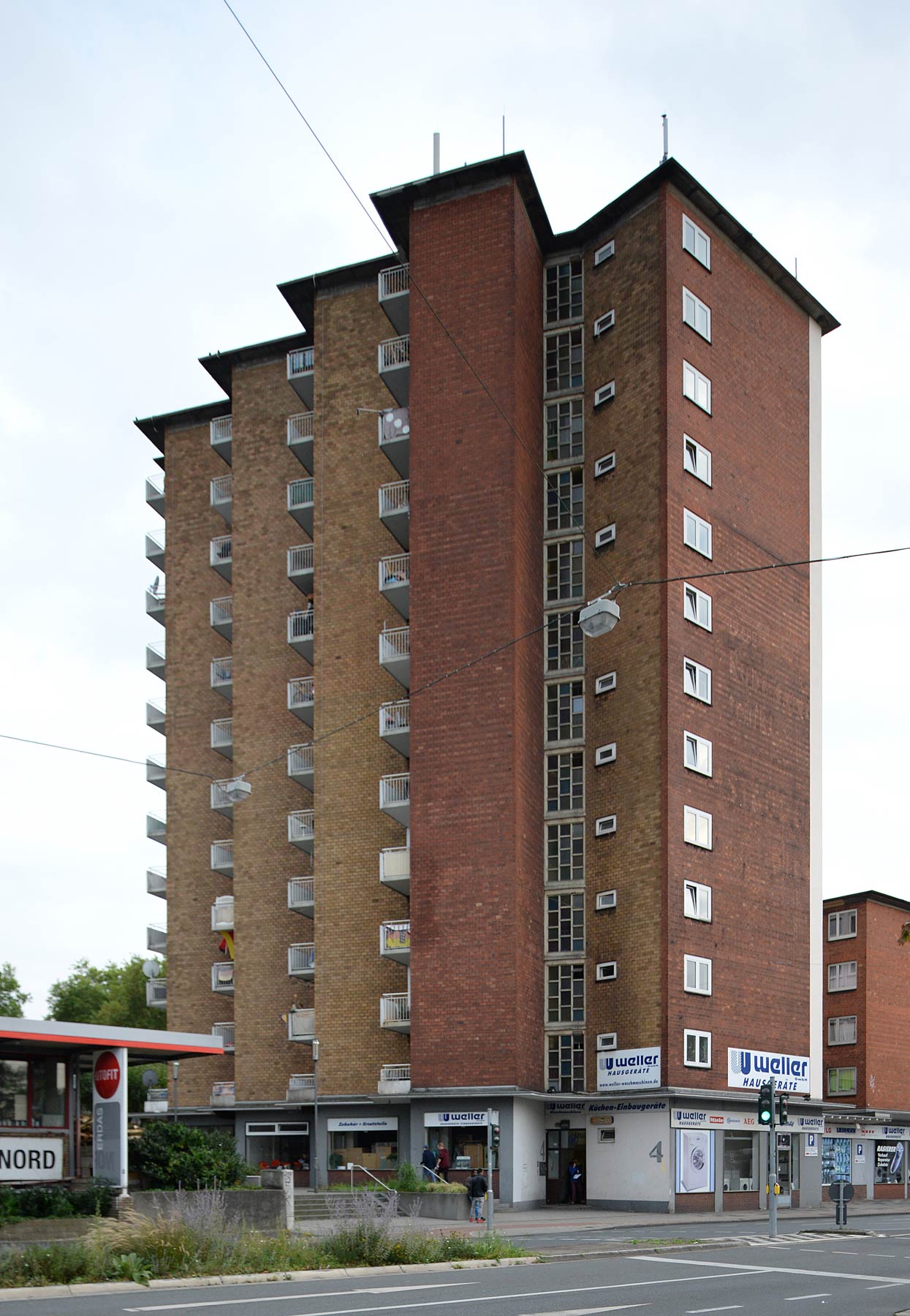INSIDE OBERHAUS – LET'S GET STARTED!
03.09.17
The Oberhaus is an initiative by the Oberhausen based artists group kitev to develop an artistic approach to upgrade a neglected building near the Oberhausen train station. It focuses on fostering the intercultural dialogue between current and future neighbours to create a better life. INSIDE students participated in the project by designing and realising four collective 'services' with materials they harvested in the direct environment of The Oberhaus. These new collective 'services' support the inhabitants that mostly have a refugee background, to create a stronger 'sense of belonging' in their new Heimat.
In its curriculum, INSIDE emphasises the cultural and social challenges in interior architecture and places its thematic focus on socially relevant spatial assignments. INSIDE students use their position to shape the relation between the space that relates most directly to people and the world that surrounds them. In reality, designed spaces, from apartment buildings to public spaces, do not always spontaneously function the way the initiators intended. Due to unexpected changes in the use or users of the specific space, or the circumstances around it, spaces can lose their original integrity and get corrupted. This year various INSIDE programmes research the qualities, or the lack of qualities of corrupted space. INSIDE aims at taking the 'dirty reality' of the built environment as a point of departure for designing spatial change. The basic assumption is that especially in adapting the built environment to its real circumstances, a society can show her unique strength and creativity.
In its curriculum, INSIDE emphasises the cultural and social challenges in interior architecture and places its thematic focus on socially relevant spatial assignments. INSIDE students use their position to shape the relation between the space that relates most directly to people and the world that surrounds them. In reality, designed spaces, from apartment buildings to public spaces, do not always spontaneously function the way the initiators intended. Due to unexpected changes in the use or users of the specific space, or the circumstances around it, spaces can lose their original integrity and get corrupted. This year various INSIDE programmes research the qualities, or the lack of qualities of corrupted space. INSIDE aims at taking the 'dirty reality' of the built environment as a point of departure for designing spatial change. The basic assumption is that especially in adapting the built environment to its real circumstances, a society can show her unique strength and creativity.
